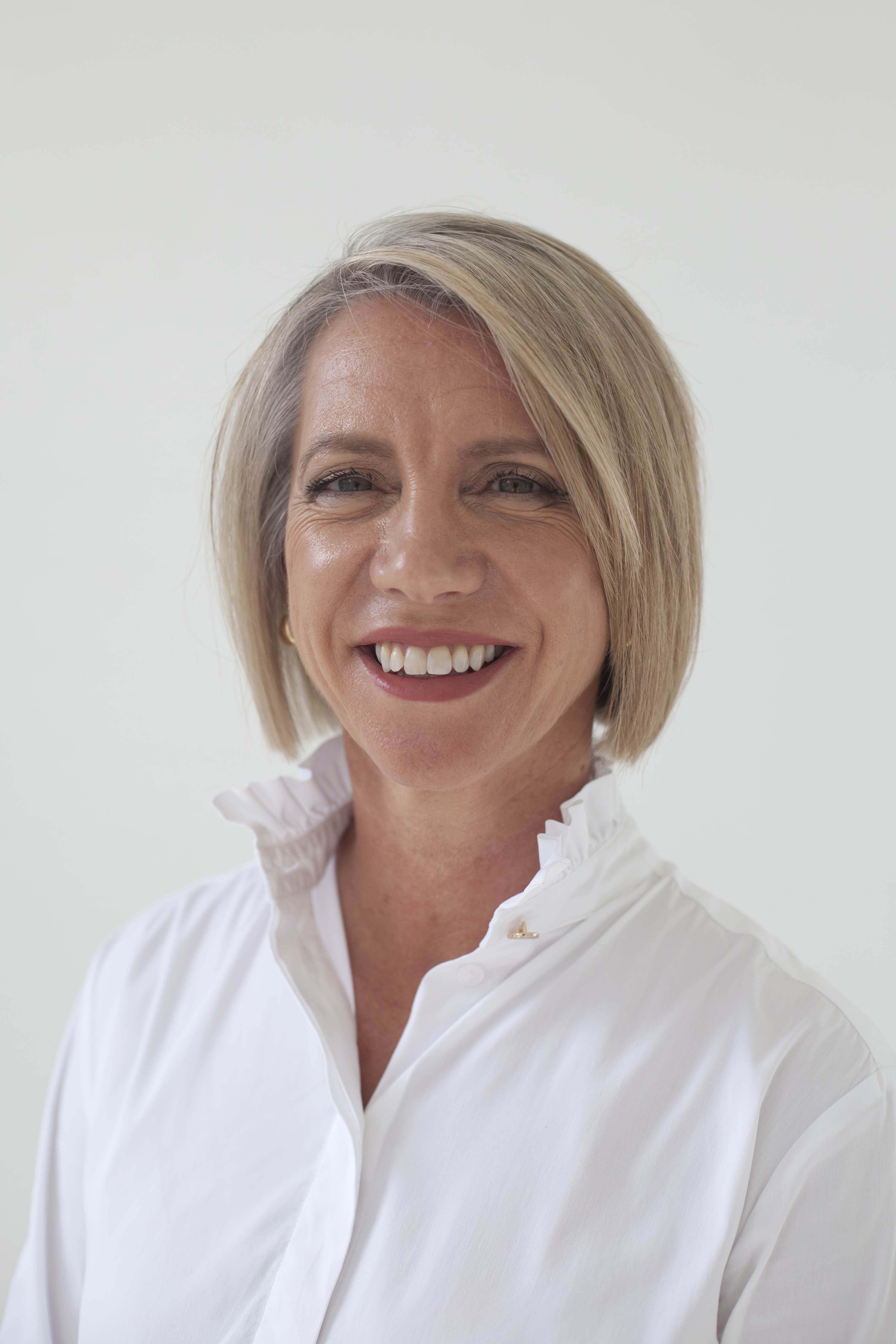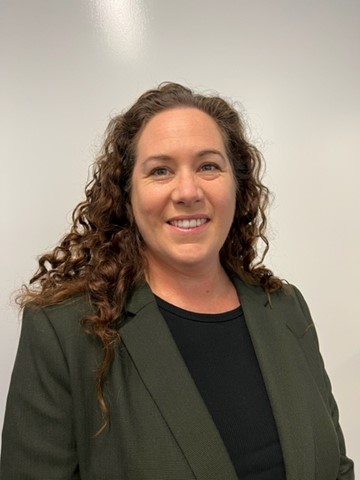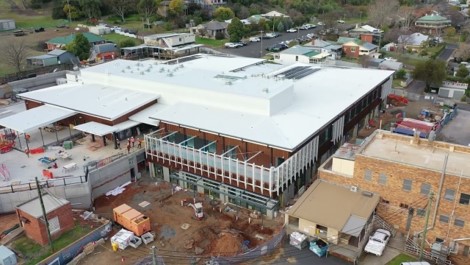In this story
Media Contact
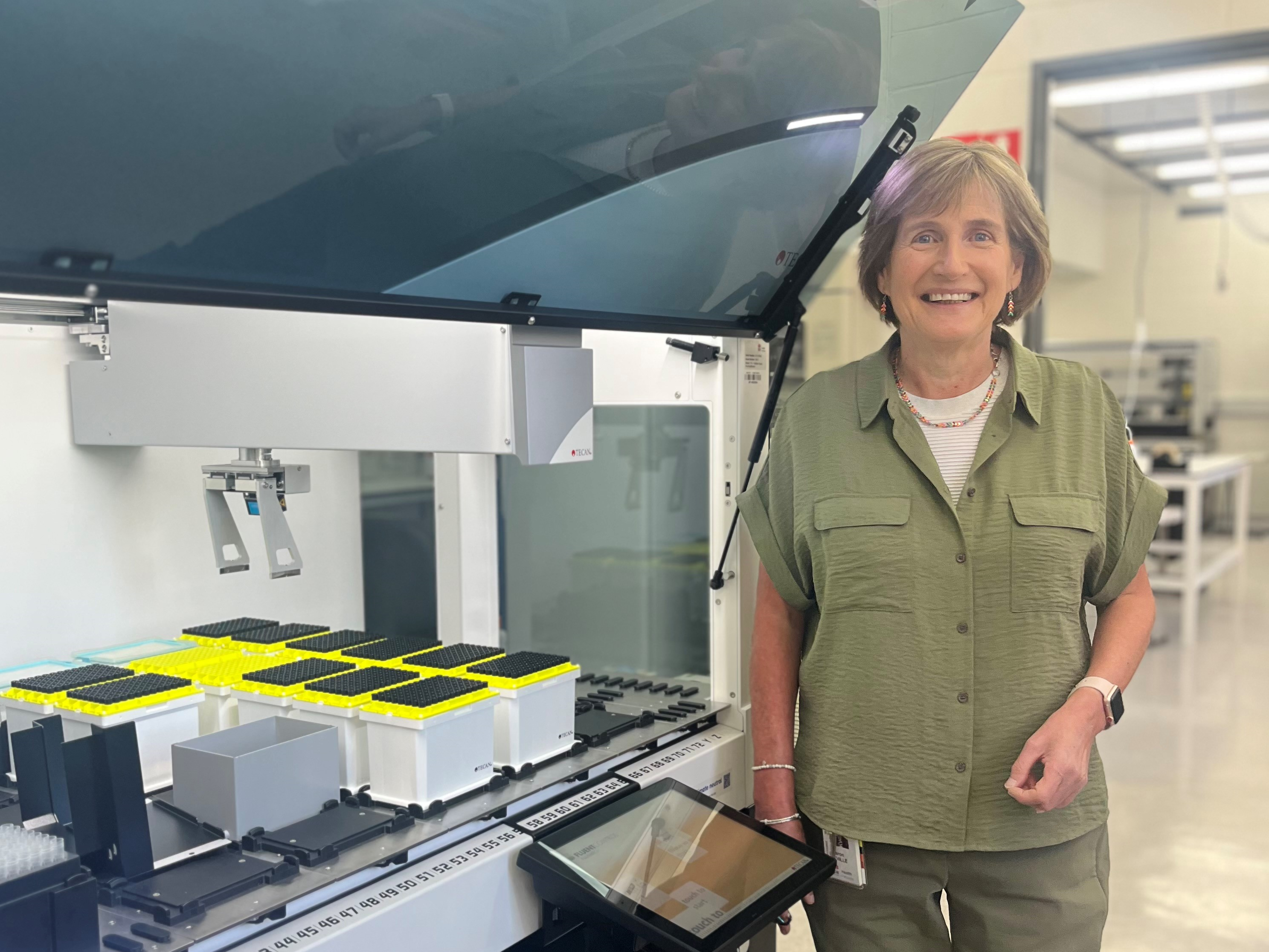
FASS Operations Director, Criminalistics, Sharon Neville is taking a well-earned break from the daily grind, farewelling colleagues after 35 years.
Sharon Neville describes as a “light bulb moment” the day she saw a job ad for a forensic biologist based at Glebe in 1989.
“I had studied Natural Science at Trinity College Ireland, and when I came to Australia I began working as a research assistant looking at cell markers at Royal Prince Alfred Hospital. I saw this advertisement for a position as a forensic biologist and I knew that was what I wanted,” she said.
“The stars aligned and I was offered the job. I cried after the interview as I thought I had blown it!”
Of course, she hadn’t blown it, and it marked the start of a long and successful career at what is now NSW Health Pathology’s Forensic & Analytical Science Service (FASS) in Lidcombe. Within four years Sharon was a senior Forensic Biologist and she now heads up the FASS Criminalistics laboratories as Operations Director.
The capabilities of forensic laboratories have changed significantly over the course of Sharon’s career, expanding how science can be used to assist in police investigations.
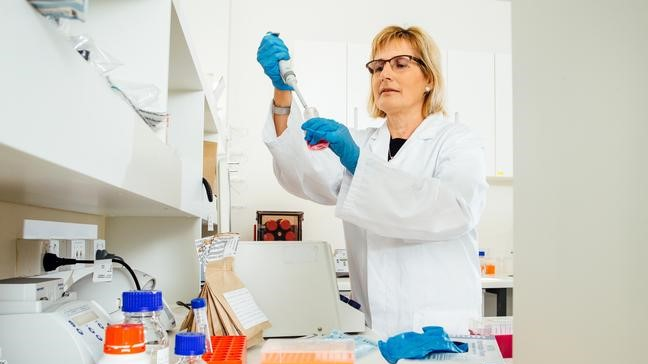
“When I started as a Forensic Biologist, DNA was not even in our toolkit! If there was blood or semen, we could determine ABO type and also used a few polymorphic protein markers,” she explains.
“There was high excitement in the lab if we could achieve a statistic of 1 in 100 using these methods to indicate that while the blood on the clothing matched someone, 1 in 100 of people randomly selected would also be expected to have the same combination of ABO and protein types detected.
“With DNA, the statistics have to be capped at 1 in 100 billion as the real number is too big to articulate! But we did what we could at the time.
“Our world changed with DNA. The early methods were challenging as they required a lot of DNA and decent quality. The process took a long time and used radioactive substances. After a few iterations of different testing methods, in about 1998 we started to carry out DNA testing and compare DNA profiles from crime samples to nominated persons of interest.
“A big change came in 2000 with the commencement of the NSW DNA database which meant we could search DNA profiles from crime samples against the suspect and offender profiles on the database and provide police with cold ‘hits’.
“This was a gamechanger and DNA profiling became a routine investigation tool. The early DNA testing that needed a bloodstain the size of a 20-cent piece was now superseded by testing that could generate profiles from a barely visible pin prick bloodstain. Advancements continued and recovery of DNA profiles from a handful of skin cells is now unremarkable.”
Impact of robotics and automation
Sharon remembers when she started out in forensic biology, spending hours peering down a microscope looking for sperm on stained slides in sexual assault investigations.
“I remember feeling dizzy! But these days, the biologists in our evidence recovery unit have a quick scan for a couple of minutes and if they don’t immediately see sperm, they move the slide to the automated ‘sperm searcher’.
“This instrument can scan slides, identify possible sperm and rank them in order of likelihood of being a sperm. It has been ‘trained’ to identify sperm using AI technology and is an absolute workhorse in the evidence recovery unit.”
The automation journey for examining DNA began in 2009 and by 2014 each of the steps in the process was automated.
This significantly reduced the time required for processing, meaning DNA analysts could move to ‘higher order’ activities.
“The automation is something we have always been very proud of at FASS and it is so exciting for the team to be now revamping the entire automation system to bring on board the latest in automated platforms,” Sharon said.
“This will bring enormous benefits to the service and means we have one of the highest capacities in the world for casework samples.”
Sharon’s current role involves overseeing the Illicit Drug Analysis Unit (IDAU) and Chemical Criminalistics Unit in addition to the Forensic Biology/DNA unit.
“I’ll always consider Forensic Biology/DNA my ‘home team’ given the decades I spent involved in this area, but the work done by each of the units provides such value to the coronial and justice systems and it is very rewarding to be part of delivering this service to the community.
“In recent years the expansion of the work carried out by the IDAU beyond the legal aspects of drug seizures to drug surveillance leading to public health alerts about dangerous substances in the community has been something I have been very proud to play a part in.
“There is never a dull moment, there is always an ‘interesting’ case happening, whether it is how to extract illicit substances from a pile of yoga mats to the application of new technology to unsolved cold cases.
“How wonderful it has been to never stop learning, the pace of advancements in science is staggering!”
Most memorable cases
Sharon reflects on some of the high-profile cases she’s been involved in over the years, many of which were solved as a result of DNA analysis of crime scene evidence.
The Lin family murders “In 2009, five members of a family were found dead in a Sydney home. It was notable as a crucial DNA profile was extremely complex and it was the early days of using software tools to interpret DNA. There were multiple trials. I gave evidence in the lead up to the first trial in relation to expert software systems.”
Michelle Bright “The 1999 murder of a 17-year-old girl in Gulgong. Lots of work done over the years using many advances in technology including work overseas. It was a case that always stayed in my head and there were many case reviews over the years. I was really relieved when there was a confession and conviction in 2023.”
Pia Navidi “One of the first murder cases I worked on. The 1992 aggravated sexual assault and murder of 37-year-old woman found bludgeoned to death in the Royal National Park with a 15kg rock. I remember the rock vividly. This case was worked on over decades using different DNA testing once it became available and finally in 2014 there were convictions for the murder.”
Sharon says a key experience in her career would have to be being deployed in November 2005 to Thailand to assist in Disaster Victim Identification work following the tsunami on Boxing Day 2004.
“It was an experience I will never forget. Even 10 months after the tsunami, the identification process was still ongoing. It was an incredible opportunity to work with experts from around the world, all dedicating themselves to the process of finding out who the victims were.”
Most of all, Sharon says she will miss her colleagues at FASS, some of whom she’s worked alongside since that first day in June 1989.
Her colleagues recently held a farewell event, where Sharon was presented with an Aboriginal artwork that was created for NSW Health Pathology by artist, Elsie Randall.
She was also presented with a commendation by Rashelle Conroy, Assistant Commissioner, Forensic Evidence and Technical Services Command, NSW Police.
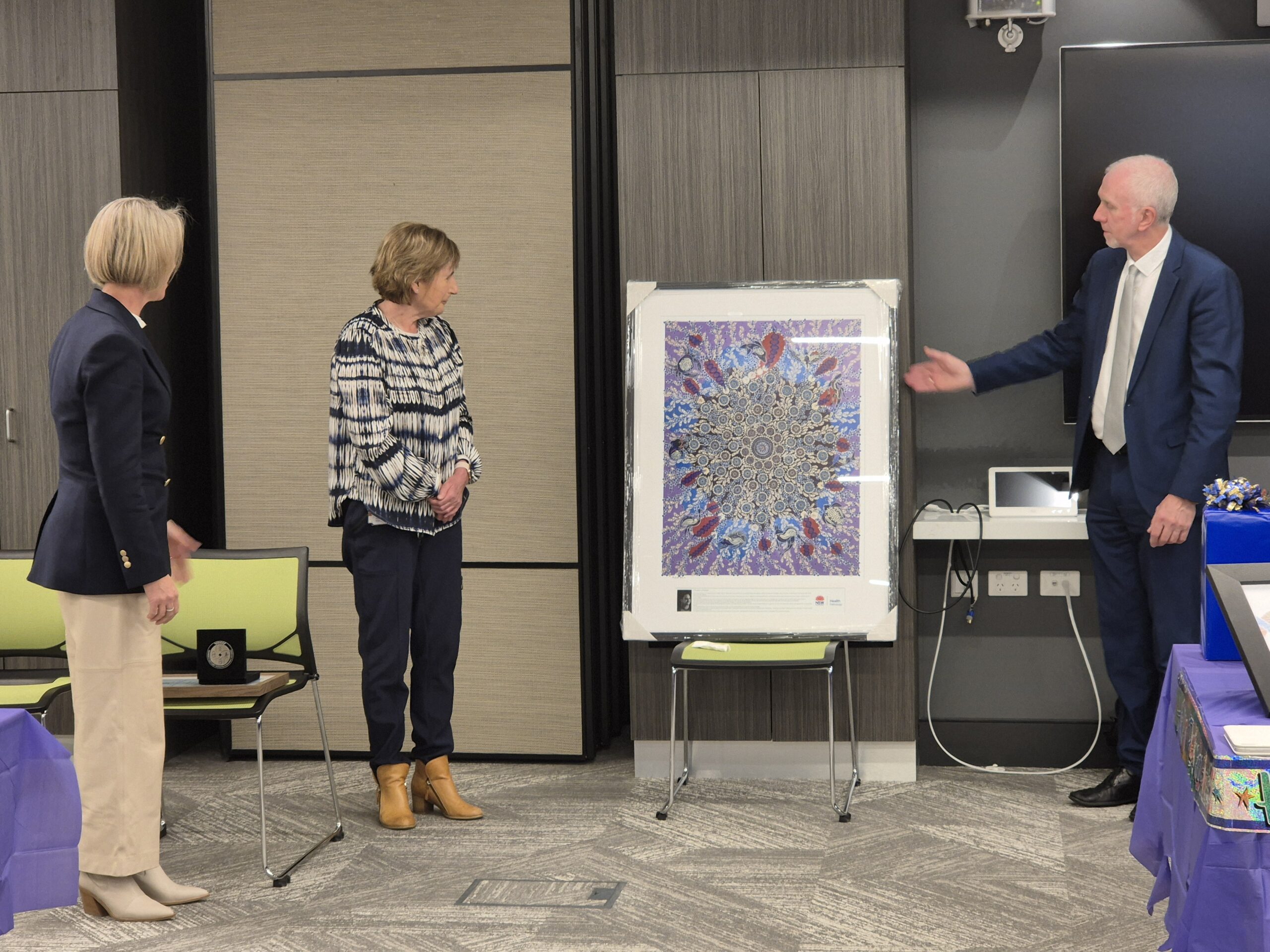
FASS Director Michael Symonds said Sharon’s professionalism and expertise will be sorely missed.
“Sharon has made an exceptional contribution to the NSW health and justice systems over her decades of work here at NSW Health Pathology’s Forensic & Analytical Science Service,” he said.
“Her legacy will be having transformed the FASS Forensic Biology/DNA laboratory into a world-leader. But her colleagues will remember her as a collaborative, kind and inclusive leader, who always got the best out of the people she worked with.
“While she will be missed, we all wish her a fabulous retirement and hope she can enjoy some quality time with friends and family,” Michael said.
As for Sharon’s retirement plans, no prizes for guessing she plans to spend as much time as possible traveling back and forth to Ireland to spend time with the Irish contingent of her family.
“I am also hoping to spend more time with my two gorgeous granddaughters in Wollongong.
“As for slowing down, I don’t think I’ll have any trouble doing that. I recently started practicing Tai Chi, which is about as slow as it gets, and it’s suiting me just fine!”


